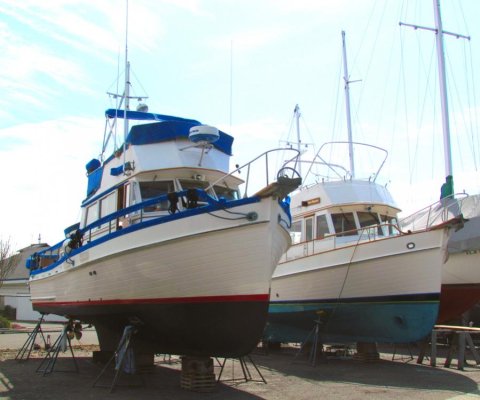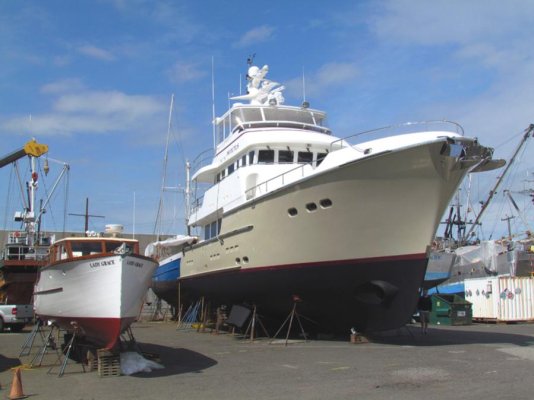millennium
Veteran Member
...when the boat will not be used for several months?
In the water, in Florida.
Top off: Less condensation, maybe buy at a cheaper price.
or
Nearly empty tanks: Fill up with fresh fuel right before a trip is planned. Less weight if boat has to be hauled.
Thoughts?
In the water, in Florida.
Top off: Less condensation, maybe buy at a cheaper price.
or
Nearly empty tanks: Fill up with fresh fuel right before a trip is planned. Less weight if boat has to be hauled.
Thoughts?



